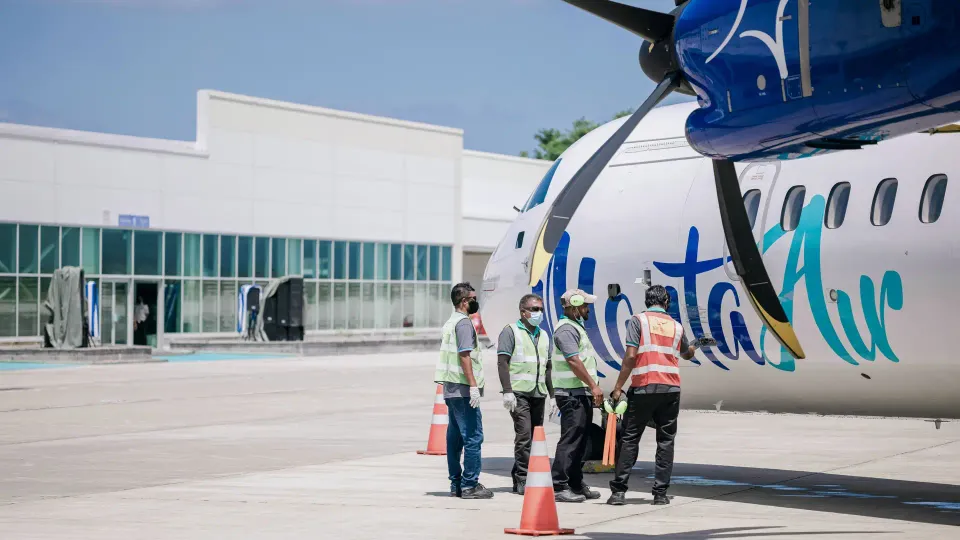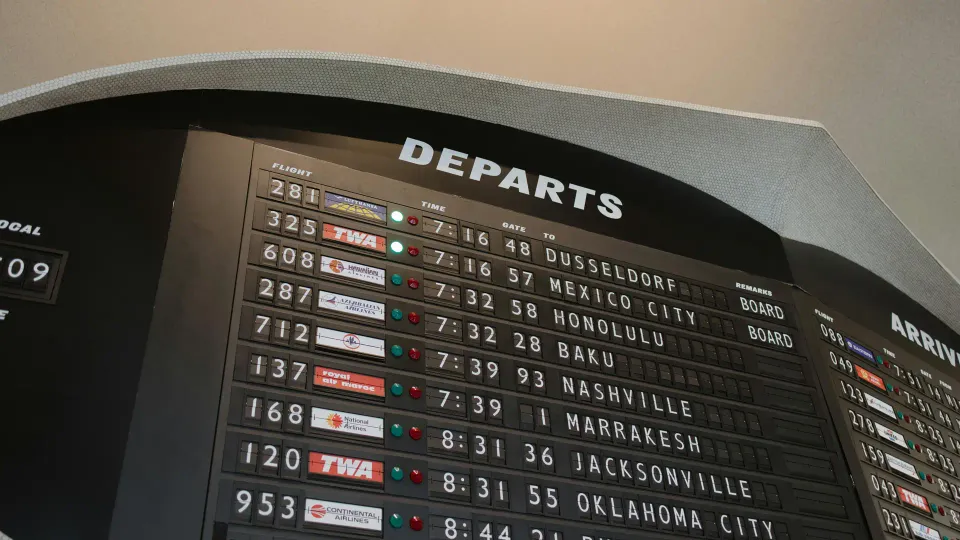How Smart Scheduling Can Save a Delivery Team 3 Hours a Day

Transform chaotic routes into smooth operations and reclaim lost time with smarter planning.
Every delivery team knows the pain: tight deadlines, unexpected traffic, missing packages, and endless reschedules. On paper, schedules look manageable — each driver has a route, each package a time slot — but in reality, inefficiencies quietly steal hours every day.
The Hidden Time Thieves
Here’s what often slows delivery teams without anyone noticing:
- Overlapping routes: Multiple drivers cover similar areas, leading to wasted mileage and delayed deliveries.
- Idle waiting: Drivers often pause at pickup points or customer locations due to misaligned timing.
- Last-minute changes: Orders shift, cancellations happen, and drivers scramble without a clear plan.
Individually, these issues seem minor. But over a week, they can add up to three hours lost per driver per day.
Why Traditional Scheduling Fails
Static spreadsheets and fixed routes don’t account for real-world variables like traffic, package priority, or last-minute requests. Assigning routes once and hoping for the best leaves teams firefighting instead of delivering efficiently.
The Smart Scheduling Solution
Modern delivery operations use dynamic scheduling and route optimization tools to adapt in real-time. Smart scheduling does three critical things:
- Visualizes all routes and stops — see where overlaps, delays, and idle time occur before the day begins.
- Prioritizes deliveries intelligently — high-priority packages are assigned to the fastest, most available driver.
- Builds flexibility into schedules — buffers absorb delays without cascading problems downstream.
Real-World Impact
Companies that adopt smart scheduling see measurable improvements:
- Routes become 20–30% faster
- Idle time drops dramatically
- Drivers complete their shifts earlier, reducing overtime
- Customer satisfaction improves due to reliable delivery windows
Quick Tip to Get Started
Even without software, small adjustments help:
- Add 10–15 minute buffers between stops
- Reorder deliveries based on real-time traffic or priority
- Track actual delivery times to identify bottlenecks
The Takeaway
Smart scheduling doesn’t make drivers work harder — it makes their time work smarter. By visualizing routes, accounting for variability, and creating adaptive plans, delivery teams can save hours daily, reduce stress, and keep customers happy.
Final Thought: Time is money on the road. Every inefficiency counts. With smarter scheduling, three hours lost today can become three extra deliveries tomorrow.




